Category: ww2 US Navy
Landing Craft, Mechanized
US Navy Landing Craft (1938-45): 500 LCM(1), 8,631 LCM(3), 2,513 LCM(6). Operated 1943-1945 D-Day Special ! The Landing Craft Mechanized…
Tench class submarine (1944)
USN Fleet Submarines (1944-51): 80 planned, 51 cancelled, 29 Completed (service until the 1980s), 9 navies The Tench class were…
US Coast Guard
USA (1790-45) -1st Part Introduction The Coast Guard is now a widely accepted concept in most navies, when it exists,…
Balao class submarine (1942)
USN Fleet Submarines (1942-46): 182 planned, 62 cancelled, 120 Completed (service until today), 13 navies The Balao class were a…
Gato Class Submarine
USN Fleet Submarines (1941-43): About 77 subs The Gato class were emergency wartime fleet submarines, built for the USN as…
Mackerel class Submarine
US Navy Submersibles, USS Mackerel, Marlin SS-198-211 (1939-48) The Mackerel-class submarines were two prototype submarines laid down before the war…
Tambor class Submarine
US Navy Submersibles, USS Tambor, Tautog, Thresher, Triton, Trout, Tuna. Sub-class Gar, Grampus, Grayback, Grayling, Grenadier, Gudgeon SS-198-211 (1939-48) The…
Sargo class submarine (1938)
US Navy Submersibles, USS Sargo, Saury, Spearfish, Sculpin, Squalus, Swordfish, Seadragon, Sealion, Searaven, Seawolf SS-188-197 (1937-48) The Sargo-class were among…
Salmon class submarines (1937)
US Navy Submersibles, USS Salmon, Seal, Skipjack, Snapper, Stingray, Sturgeon SS-182-187 (1936-48) The Salmon-class were six submarines built in three…
Porpoise class submarines (1934)
US Navy Submersibles, 3 sub-classes (1933-45): USS Porpoise, Pike | Shark, Tarpon | Perch, Pickerel, Permit, Plunger, Pollack, Pompano The…

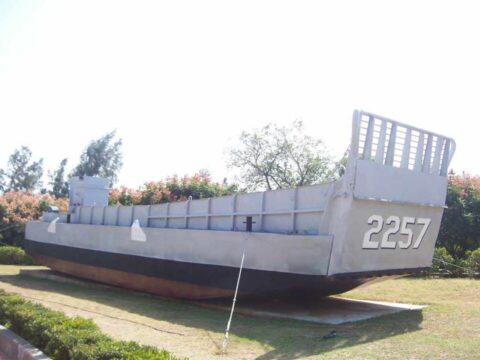
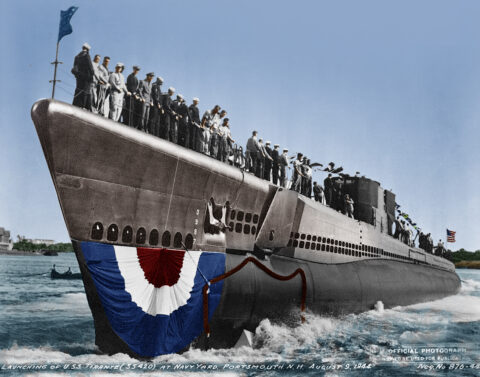
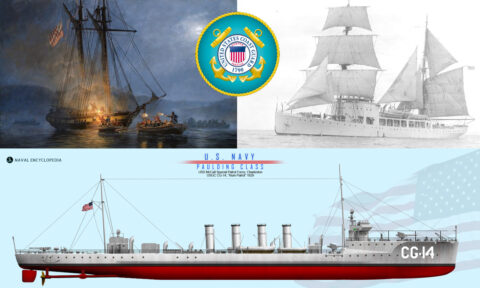
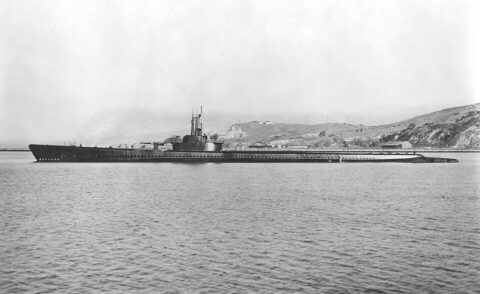
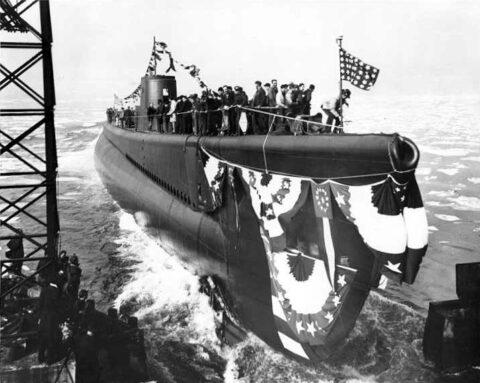
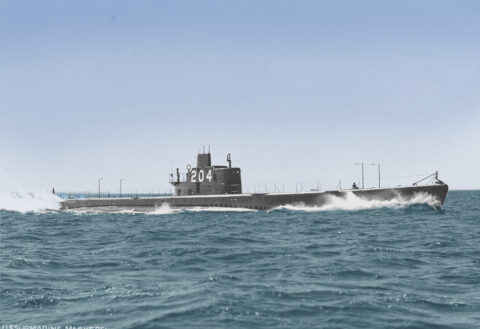
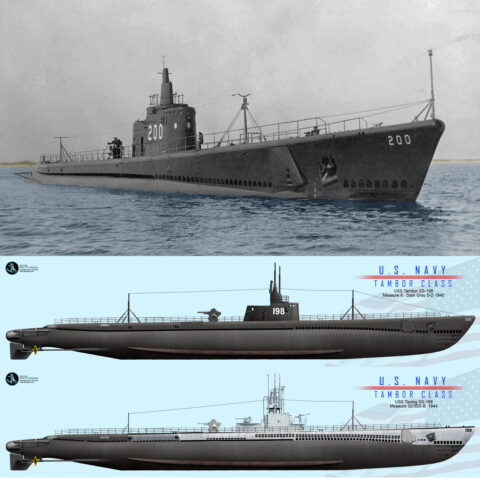
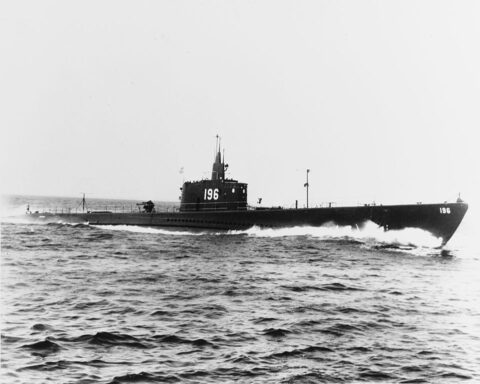

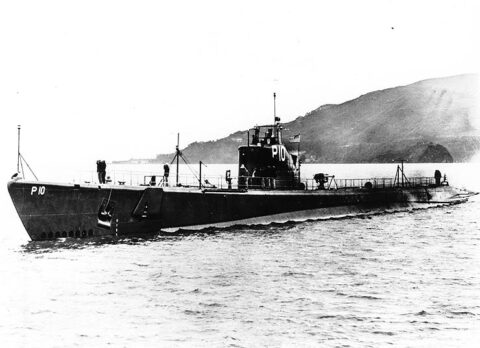
 dbodesign
dbodesign